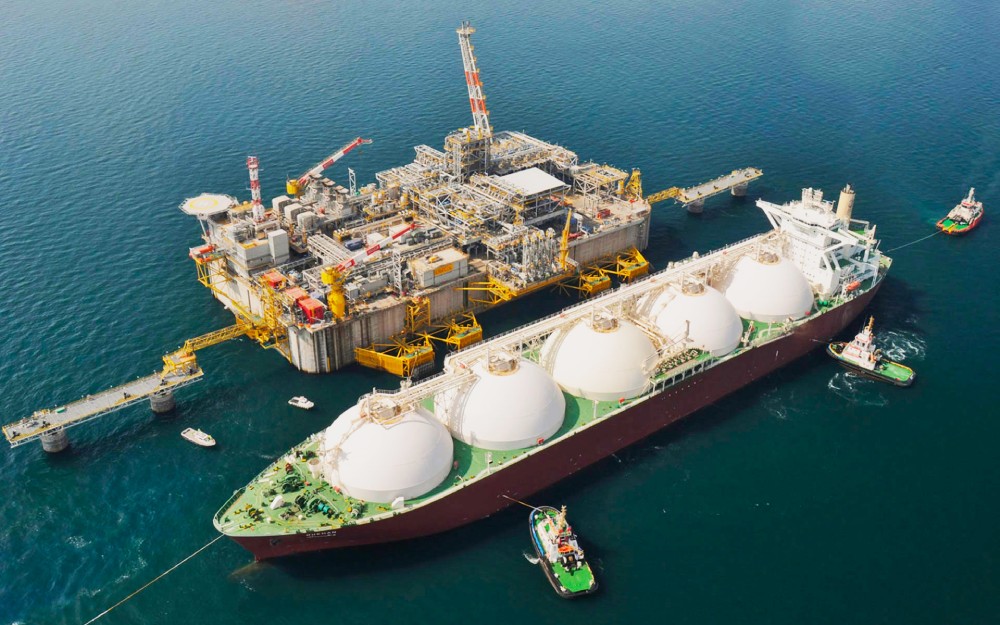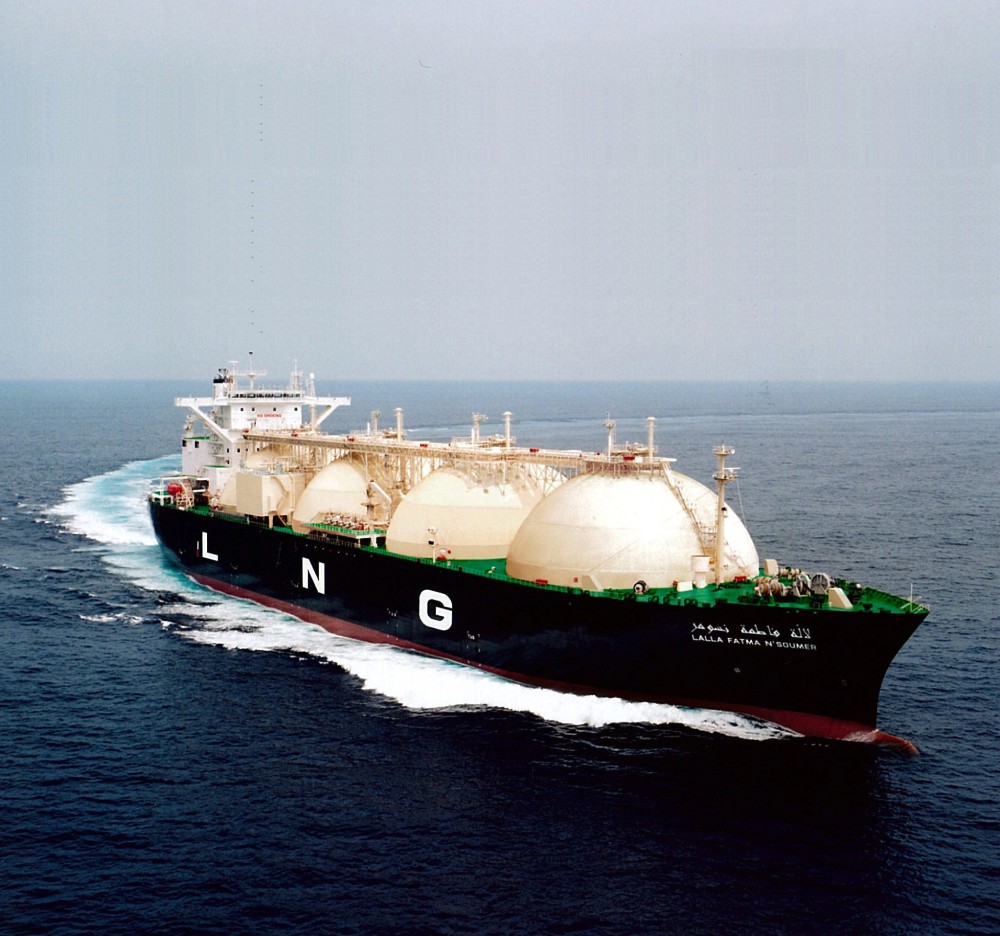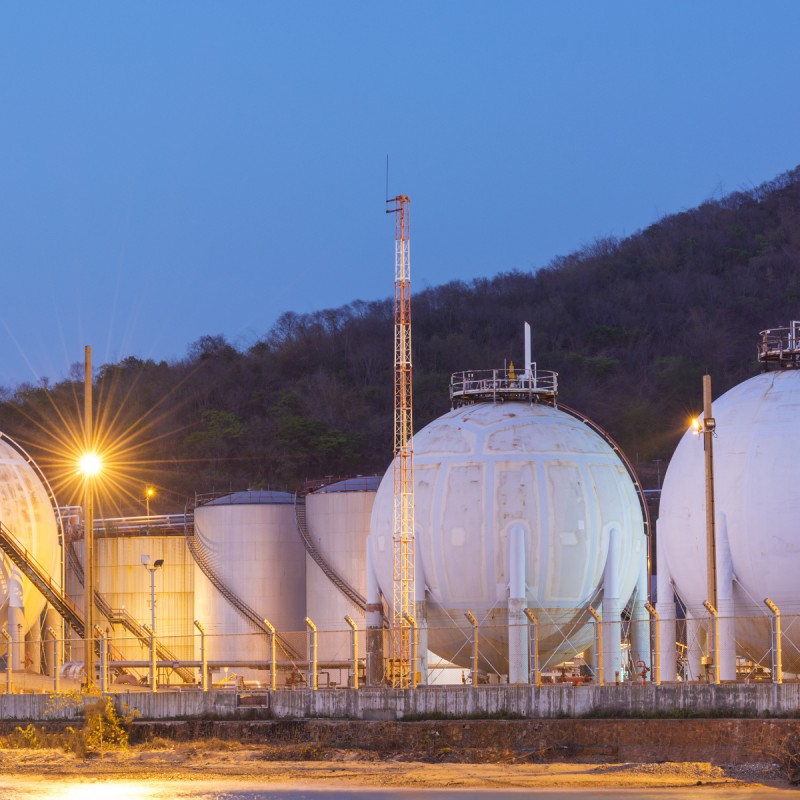- 2 Park ave 20th floor New York NY 10016 United Stated | Jumeira DUBAI UAE
- 631 672 6750
- Info@egoglobalpetroleum.com
LNG
Liquefied natural gas (LNG) is natural gas that has been cooled to a liquid state, at about -260° Fahrenheit, for shipping and storage. The volume of natural gas in its liquid state is about 600 times smaller than its volume in its gaseous state.

Liquefied Natural Gas
LNG is an abbreviation for Liquefied Natural Gas. When natural gas is cooled at a liquefaction facility to approximately -260°F (-161.5°C) at atmospheric pressure, it condenses into a liquid. One volume of liquid occupies approximately 1/600 the volume of natural gas. Careful purification and dehydration are necessary to remove impurities that would become solid at liquefaction temperatures.
LNG is composed almost exclusively of methane. It weighs about 45% that of water, so it floats on water. LNG is odorless, colorless, non-corrosive and non-toxic. LNG will NOT burn as a liquid.
When LNG vaporizes, it burns in concentrations of approximately 5% to 15% gas in air. While LNG vapor is initially heavier than air, after LNG vapors (methane) become warmer than -160°F (-106.7°C), they become lighter than air and will rise and disperse rather than collect near the ground. LNG provides for efficient storage and transportation of natural gas, and is vaporized for use by customers.
Types of Facilities
There are a variety of types of LNG facilities.
LNG export terminals (also known as liquefaction terminals) – receive natural gas from gas fields, liquefy (refrigerate) gas to LNG, store in LNG storage tanks, load LNG onto LNG tankers.
LNG receiving or import terminals (also known as vaporization of regasification plants) -receive LNG from LNG tankers, store it, vaporize it to natural gas and send it out by pipeline, or truck it out as a liquid.
LNG production consumption diagram
LNG Peak Shaving Facilities – used to “shave the peak” off the coldest day demand by providing a supplemental supply of gas. Receive natural gas from the pipeline, liquefy it to LNG (or receive imported LNG), store LNG during warm weather, convert it to natural gas for customer use in cold weather.
LNG Base-Load Facilities – used for general year-round supply.
LNG Satellites – small tanks which receive LNG by truck, store it during warm weather, vaporize it to natural gas during peak demand.
LNG temporary facilities – used to provide supply during planned construction and maintenance activities or in cases of supply emergencies.


LNG Storage Tanks
LNG is generally stored in large-volume above-ground low-pressure (less than 5 pounds per square inch gauge) tanks. The tank is double-walled, with a carbon steel outer wall and a nickel-steel inner tank. Nickel steel inner tanks are used because ordinary steel is too brittle to use in direct contact with the cryogenic LNG. The tanks are separated by a large blanket of insulation to help maintain the cryogenic temperatures.
Smaller LNG tanks, generally less than 70,000 gallons, store LNG in higher pressure (up to 250 pounds per square inch gauge) vacuum-jacketed double wall tanks with an inner wall of aluminum.
Additional containment is afforded by large dike or by adding a third, outer concrete tank wall.
Although there is efficient insulation, heat still enters the tank. This causes a small amount of LNG top “boil off?’ This keeps the LNG cold through a process called “auto refrigeration?’ Small amounts of LNG are continually boiling and being removed from the tank. The cold vapor is heated and sent out to serve gas customers.

We work to provide the fuels that make modern life possible and support human progress.
GET IN TOUCH
- 631 672 6750 | Fax: 1866-485-0531
- Info@egoglobalpetroleum.com
- 2 Park ave 20th floor New York NY 10016 United States
- Jumeira DUBAI UAE